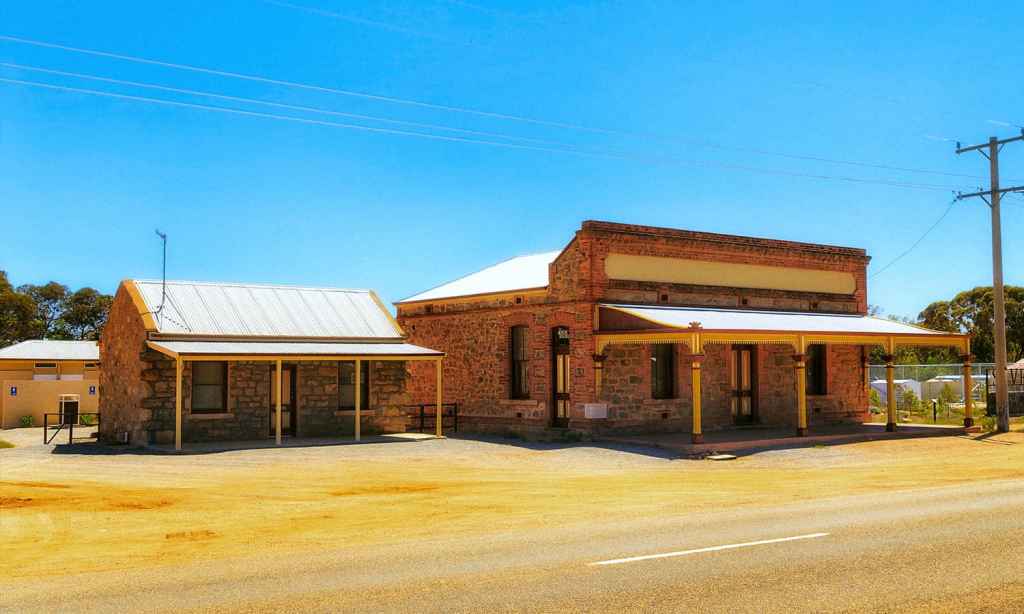So, we’re all aware that the cost of living crisis is getting substantially out of hand, but spare a thought for those in the country for whom paying almost $10 for some milk is not a snap motivation to start trashing the joint but routine.
A pic has gone viral online that shows the receipt from a shop in the town of Kaltukatjara, Northern Territory, where two litres of Pura milk priced at $9.20. The same product could be bought for around $3.10 in metropolitan supermarkets.

The remote area, southwest of Alice Springs, is not unusual in its pricing for fresh produce in regional parts of the country and highlights the massive problem that Australia has in keeping its regional areas supplied with everyday items that the rest of us take for granted.
It comes as no surprise then that a 2021 report into Northern Territory food supplies found that isolated communities were paying 56% more for food on average than Aussies who live in cities.
In 2020, a similar post went viral for showing a 1kg tin of Nescafe instant coffee on sale in a remote supermarket in Northern Queensland for $84.09.
Donna Donzow, of the EON Foundation, a charitable organisation that helps provide fresh produce and nutritional advice to remote, mainly Indigenous communities, told 7 News that it’s not unusual to see a bag of mixed salad go for $17 in some remote areas.
While the rest of us have been copping massive price hikes, they’re nothing compared to what regional and remote areas have to pay. Partially, these prices reflect the cost of shipping, transport, and storage of produce to these areas, however, lack of competition means that some places are simply charging whatever they like for groceries.
EON Foundation executive chair Caroline de Mori said there was a lack of cheap and fresh food at grocery stores in isolated areas.
“You end up paying $12 for one brown-headed broccoli”, de Mori said. “By the time it all gets [to remote towns] it’s mouldy and not fresh, so it’s not necessarily an option.
“This means we see astronomically higher disease rates and health issues in these communities, and it’s only getting worse”.
According to figures from the Australian Institute for Health and Wellness, 94% of Indigenous children get an inadequate daily intake of fruit and vegetables. One survey found that up to 60% of Indigenous children in remote communities are affected by anaemia due to nutritional deficiency.
The necessary turning to dried goods and heavily processed foods has resulted in Aboriginal children in Australia having some of the worst ear health anywhere in the world.
Thankfully, organisations like EON exist, which currently support 39 communities across the NT and Western Australia, introducing community gardens and food programmes to children in an effort to help cultivate their own produce.
Food, particularly fresh vegetables, has been hit hard by inflationary pressures over the last few months due mainly to flooding seen across large parts of the east coast. These are currently driving the cost of vegetables to unforeseen levels in urban areas, yet for many in remote communities, even these high prices are a bargain for what they can get at their local shop.
Related: Folks, There’s Now an Egg Shortage
Related: Here’s How Growing Your Own Veggies Could Lower Your Food Bill — and How It Can’t
Read more stories from The Latch and subscribe to our email newsletter.







